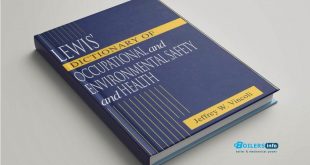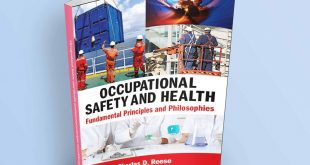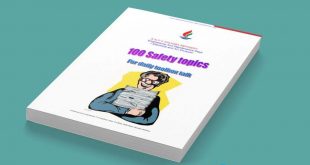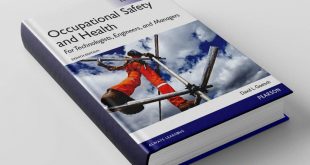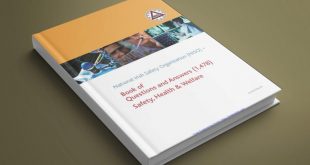Introduction
Safety professionals play a critical role in ensuring workplace safety, compliance with regulations, and the well-being of employees. To be effective in this field, professionals must stay updated with best practices, safety standards, and technical knowledge. This guide serves as a reference and study material for safety professionals seeking certification, career advancement, or knowledge enhancement.
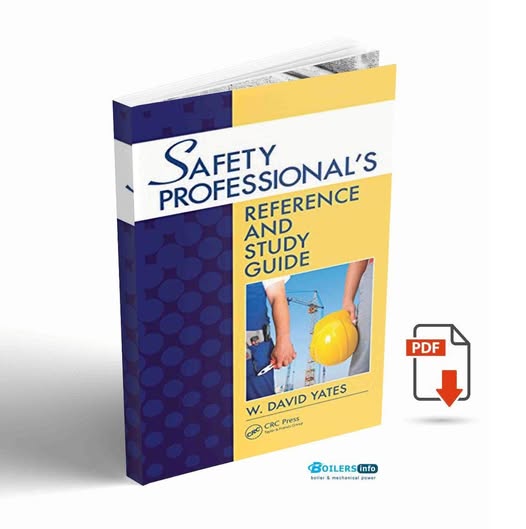
Essential Safety Concepts
- Occupational Health and Safety (OHS)
- Definition and importance of workplace safety.
- Common hazards: physical, chemical, biological, ergonomic, and psychosocial.
- Hierarchy of hazard controls: Elimination, Substitution, Engineering Controls, Administrative Controls, and Personal Protective Equipment (PPE).
- Regulatory and Compliance Standards
- OSHA (Occupational Safety and Health Administration)
- NFPA (National Fire Protection Association)
- ISO 45001 (Occupational Health and Safety Management Systems)
- EPA (Environmental Protection Agency) Regulations
- Risk Assessment and Management
- Job Hazard Analysis (JHA)
- Risk Matrix and Probability Impact Assessments
- Safety Audits and Inspections
Certification and Study Resources
1. Certified Safety Professional (CSP)
- Requirements: Bachelor’s degree, safety experience, passing the CSP exam.
- Key study topics: Applied safety fundamentals, risk assessment, hazard controls.
2. Associate Safety Professional (ASP)
- Requirements: Bachelor’s degree or Associate’s degree with safety experience.
- Covers safety principles, fire protection, and industrial hygiene.
3. Occupational Hygiene Certifications
- Certified Industrial Hygienist (CIH)
- Certified Safety and Health Manager (CSHM)
Study Techniques for Safety Certifications
- Develop a Study Plan
- Allocate specific time slots for studying each topic.
- Use study materials like safety handbooks, OSHA guidelines, and technical manuals.
- Use Flashcards and Mnemonics
- Helps in memorizing safety standards and acronyms.
- Example: “PASS” for fire extinguisher use (Pull, Aim, Squeeze, Sweep).
- Engage in Practical Learning
- Participate in safety drills, workplace inspections, and incident investigations.
- Join professional safety organizations for networking and workshops.
Advanced Safety Topics
- Incident Investigation and Root Cause Analysis
- Techniques: 5 Whys, Fishbone Diagram, Fault Tree Analysis.
- Importance of reporting and corrective actions.
- Emergency Preparedness and Response
- Fire safety, first aid, chemical spill response.
- Development of Emergency Action Plans (EAPs).
- Behavior-Based Safety (BBS)
- Understanding human factors in workplace incidents.
- Implementing safety culture improvement programs.
Conclusion and book
Safety professionals must continuously expand their knowledge and skills to ensure workplace safety and compliance with evolving regulations. By using this reference and study guide, professionals can enhance their preparedness for certifications, improve their competency in risk assessment, and contribute to a safer work environment.
 Boilersinfo Boiler and Mechanical Power Digital Library
Boilersinfo Boiler and Mechanical Power Digital Library
